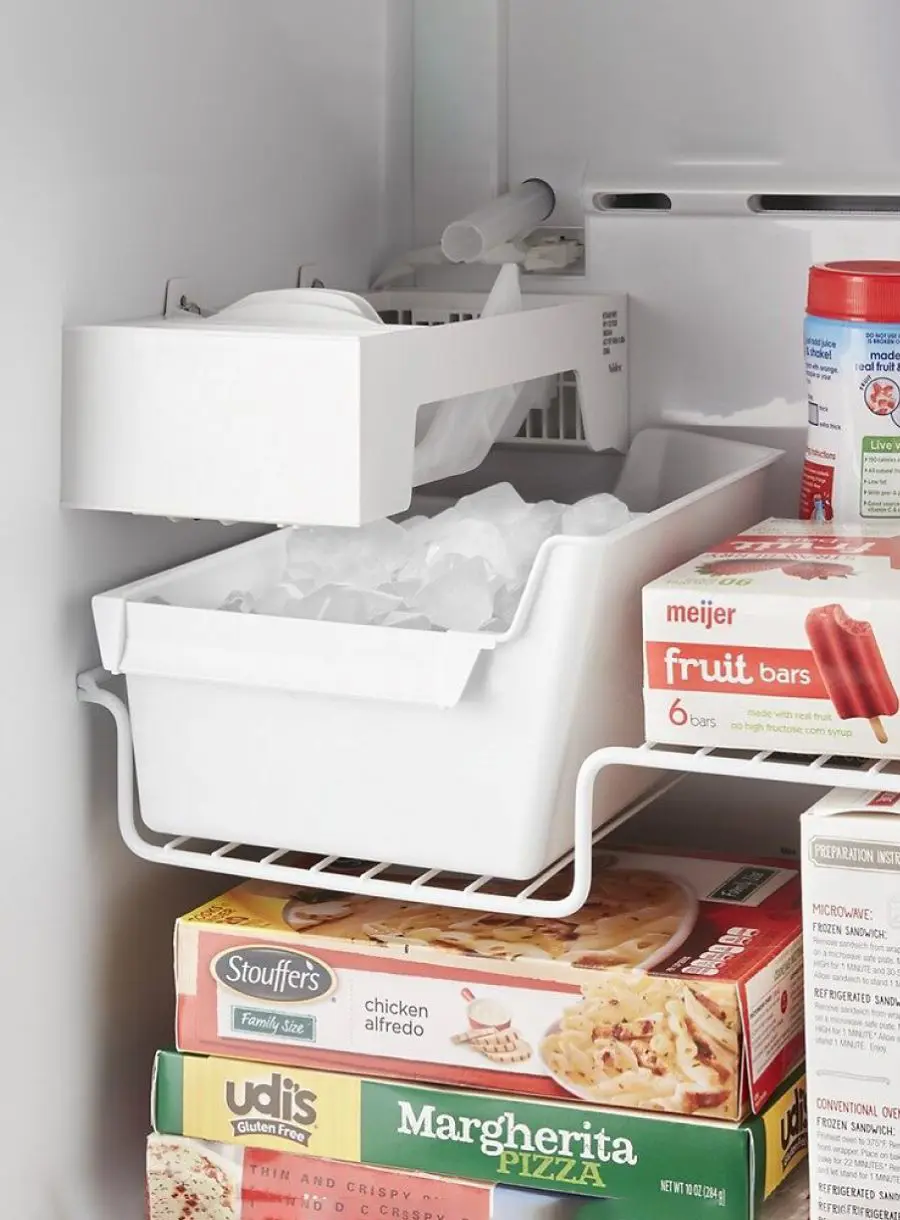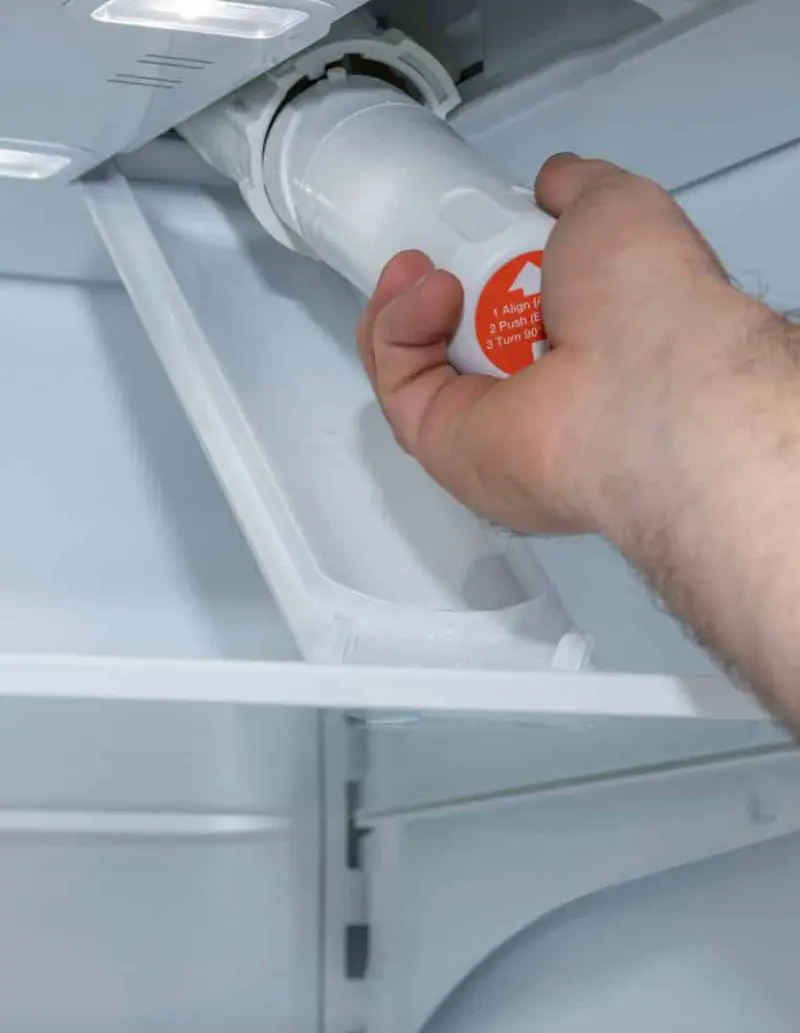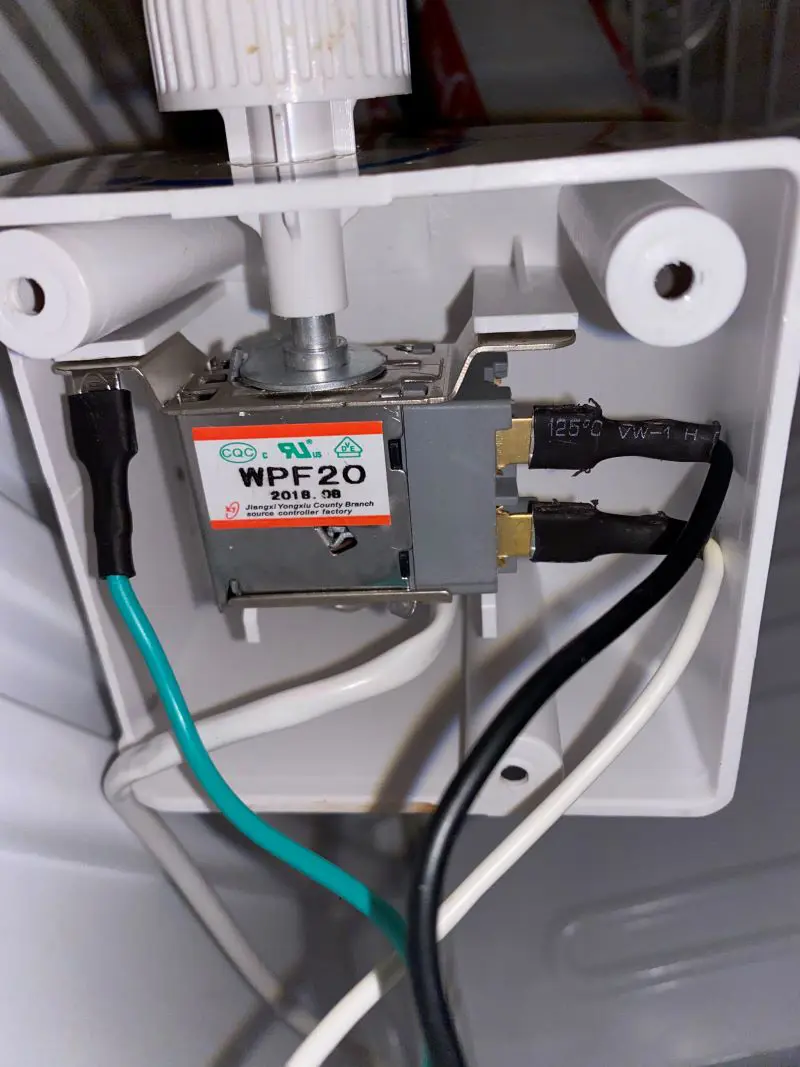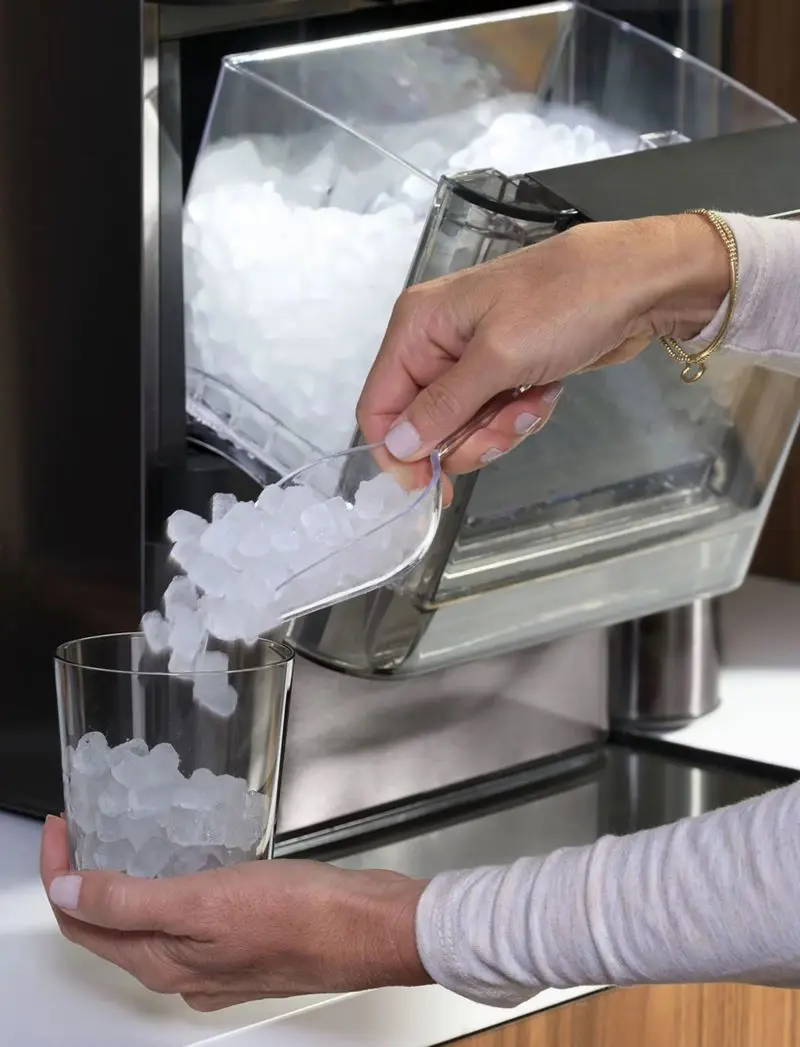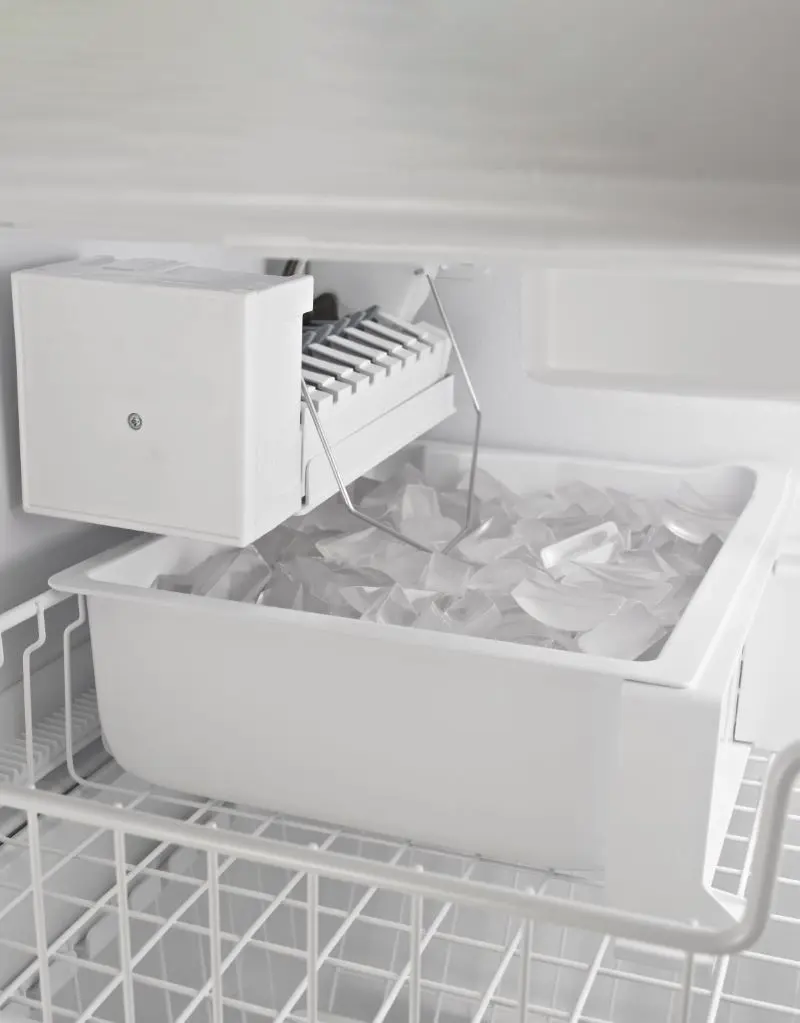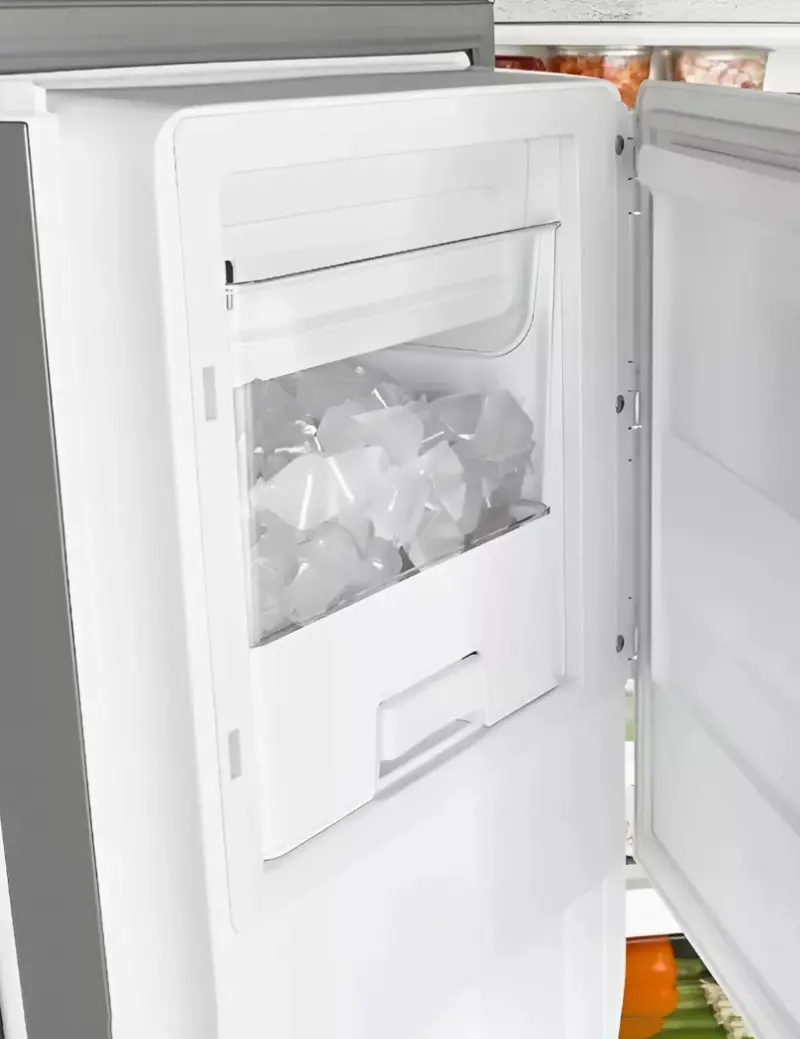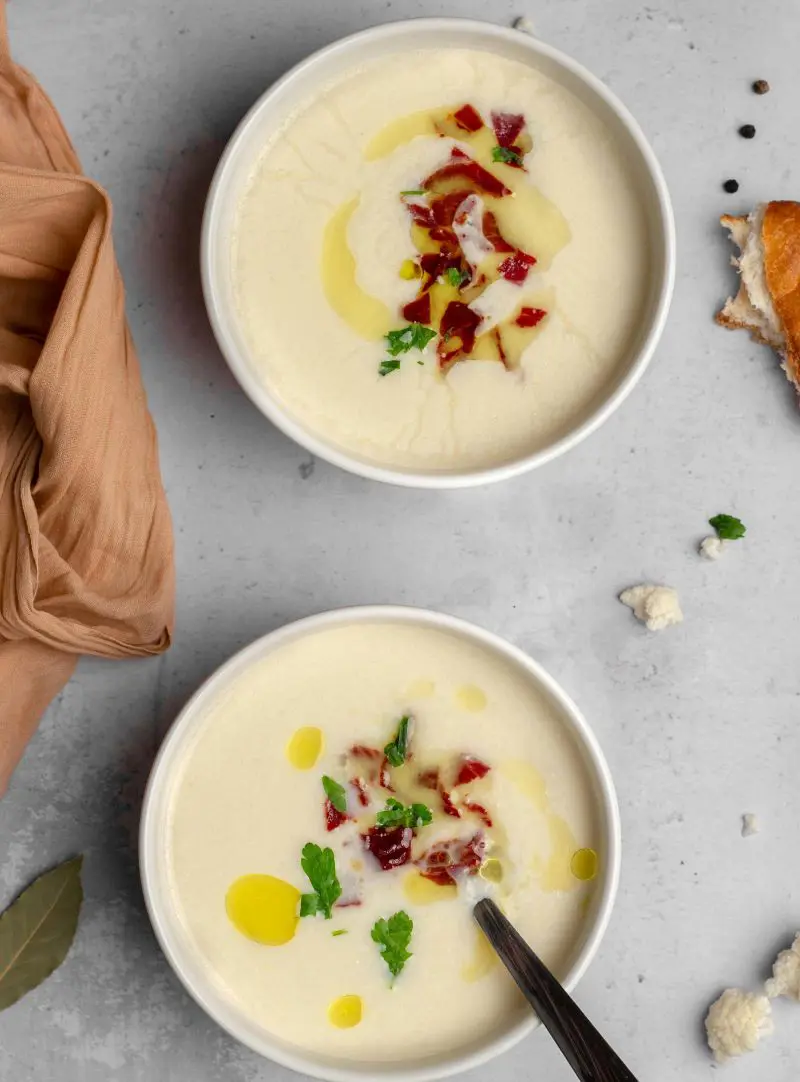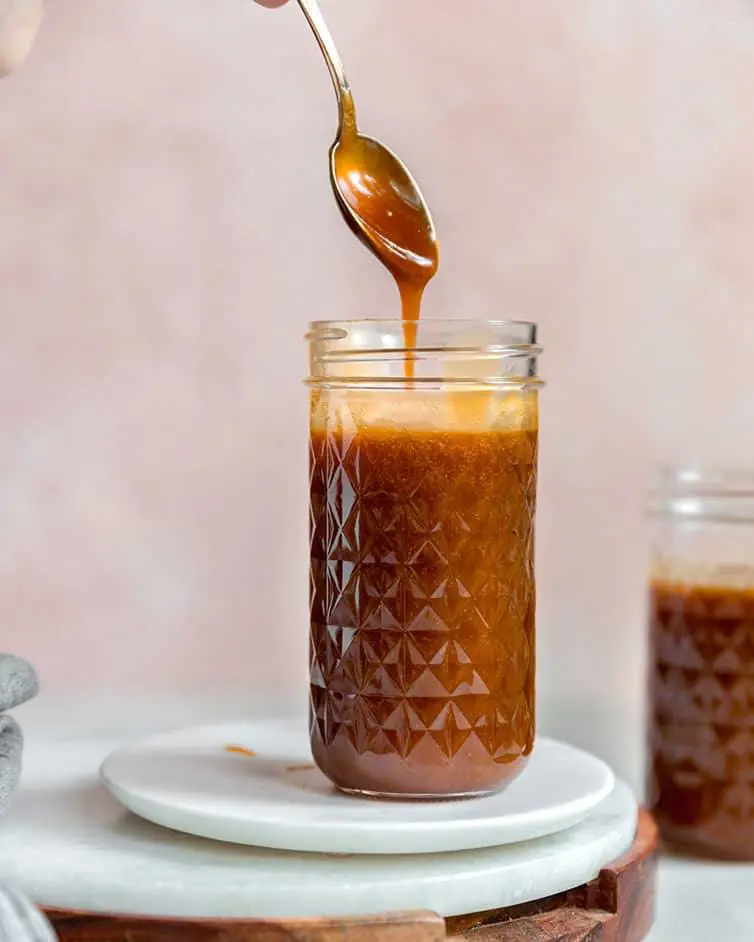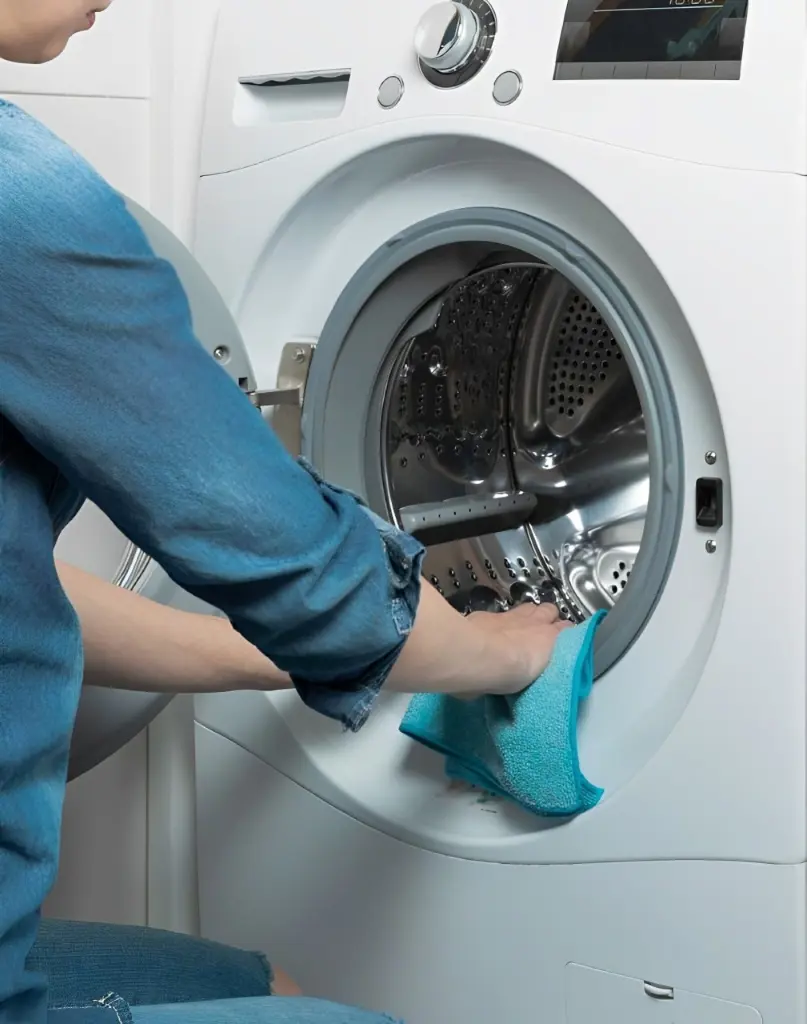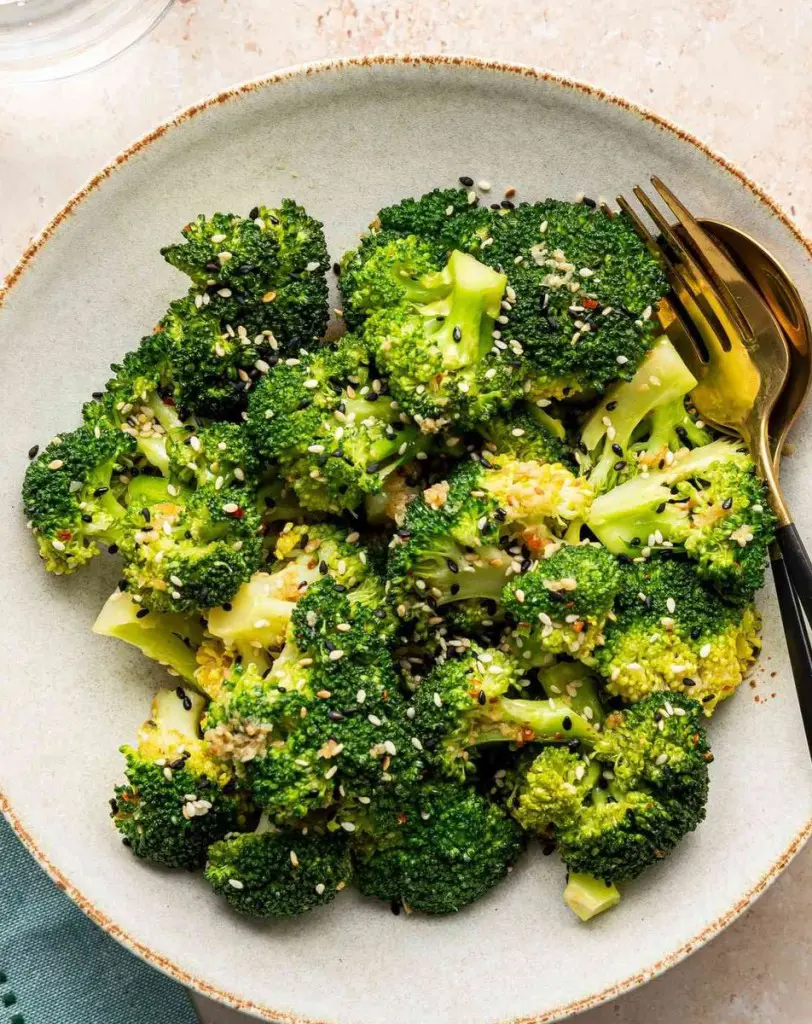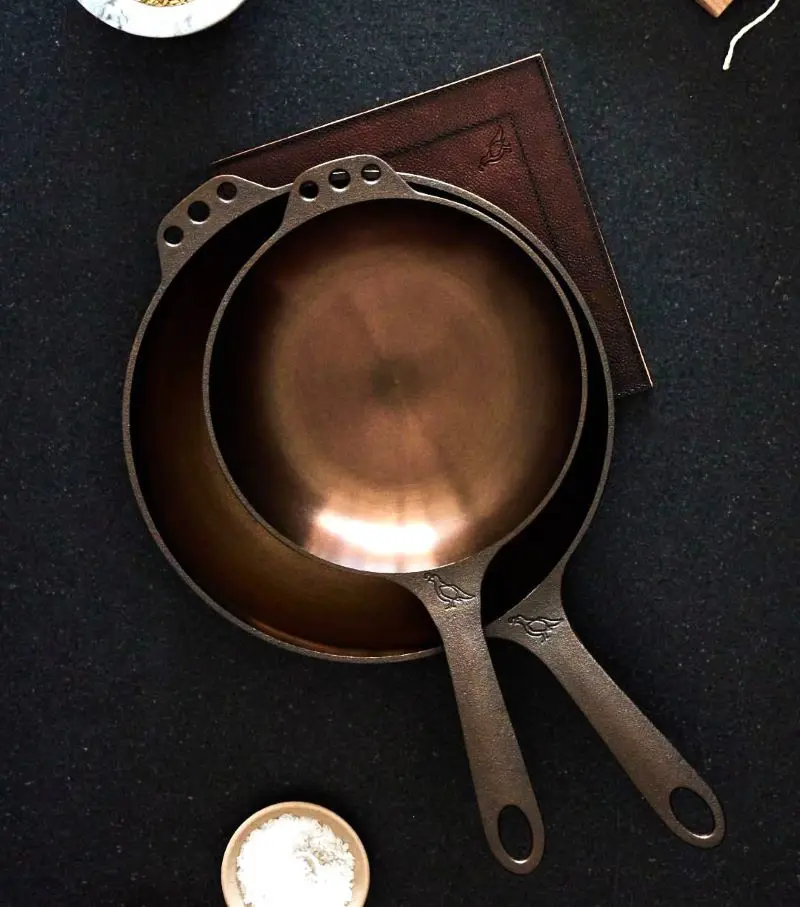Why Is My Refrigerator Not Making Ice
If your ice maker is not operating, it might simply be taking up area in your fridge or freezer that might be used for something else. Here are a few commonplace reasons why it might have stopped making ice, that might assist you in understanding the trouble.
1. Clogged Water Filter
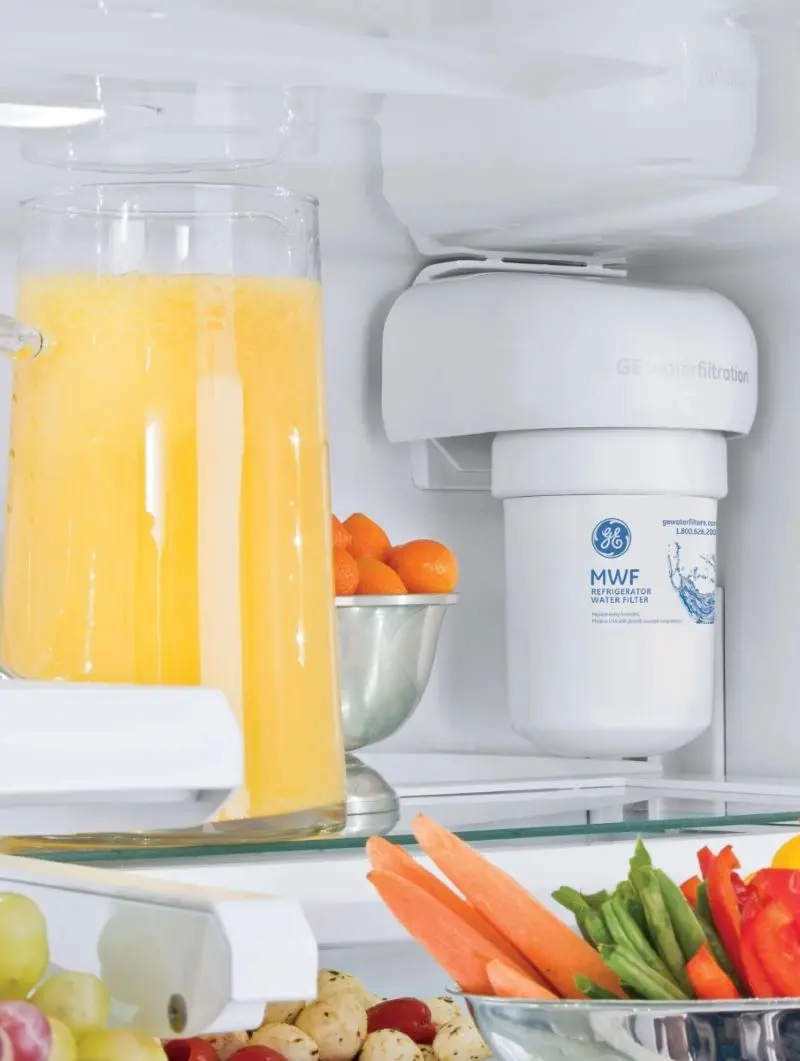
Your filter assists in cleaning the water by catching particles and contaminants. But over time it can get clogged. When this takes place, much less water flows through the filter to the ice maker. As a result, the ice maker might produce much less ice or stop making ice altogether.
2. Control Arm Mispositioned
On some models, the control arm is a large plastic or metal handle that sits on the side or top of the ice bin. This arm helps measure how much ice is in the bin and pauses ice production when the bin is full.
If the control arm becomes loose, breaks, or is accidentally pushed to the off position, it may cause the ice maker to stop making ice.
3. Defective Water Inlet Valve
The filter is fine, but still, your ice maker isn't working, the water inlet valve might be the culprit. This valve controls the glide of water into the ice maker. It opens and closes primarily based on water stress, letting water in while needed.
If the water stress is too low—much less than 20 psi (pounds per square inch)—the valve won't function well. This means it may not allow sufficient water through, which can prevent your ice maker from making ice.
4. Frozen Water Inlet Tube
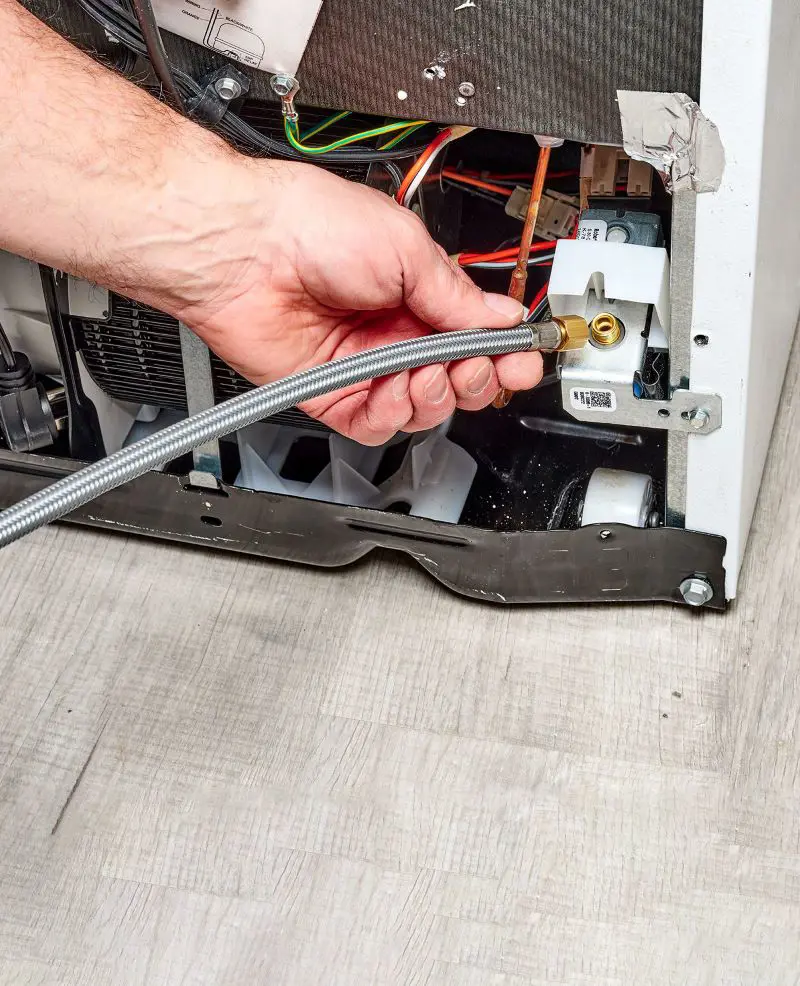
The water inlet tube is frozen; meaning the pipe carrying water into your refrigerator or freezer is frigid. This generally takes place if the temperature in the refrigerator or freezer is set too low or if the insulation across the water pipe isn’t doing its activity to keep it from freezing.
5. Refrigerator or Freezer Compartment is Too Warm
Quickly check if your fridge or freezer compartment temperature is too heat as it may affect the performance of your ice maker. When the temperatures are set too high, the ice maker struggles to provide ice at its intended charge.
This can result in several troubles: ice can also freeze greater slowly, resulting in cubes that are smaller than normal, or in some cases, the ice maker won't produce any ice at all.
6. The Thermostat Is Set Too Low
Is the thermostat in your refrigerator set too low? It can cause the temperature inside the freezer to drop too much. This can result in the freezer getting too cold for the ice maker to work correctly. As a result, the ice maker might not produce any ice.
7. Water Fill Tubes are Blocked
If the water fill tubes of your refrigerator are blocked, they cannot supply water to the ice maker. In this approach the ice maker might not get the water it needs to make ice. Common causes encompass mineral buildup, ice blockages, or kinks inside the tubing.
8. The Heating Element in the Ice Machine Isn't Working
The heating element allows the release of ice cubes from the mold. Without it, ice cubes can get caught and the machine would not be capable of producing new ones. This can cause your refrigerator to prevent making ice altogether.
